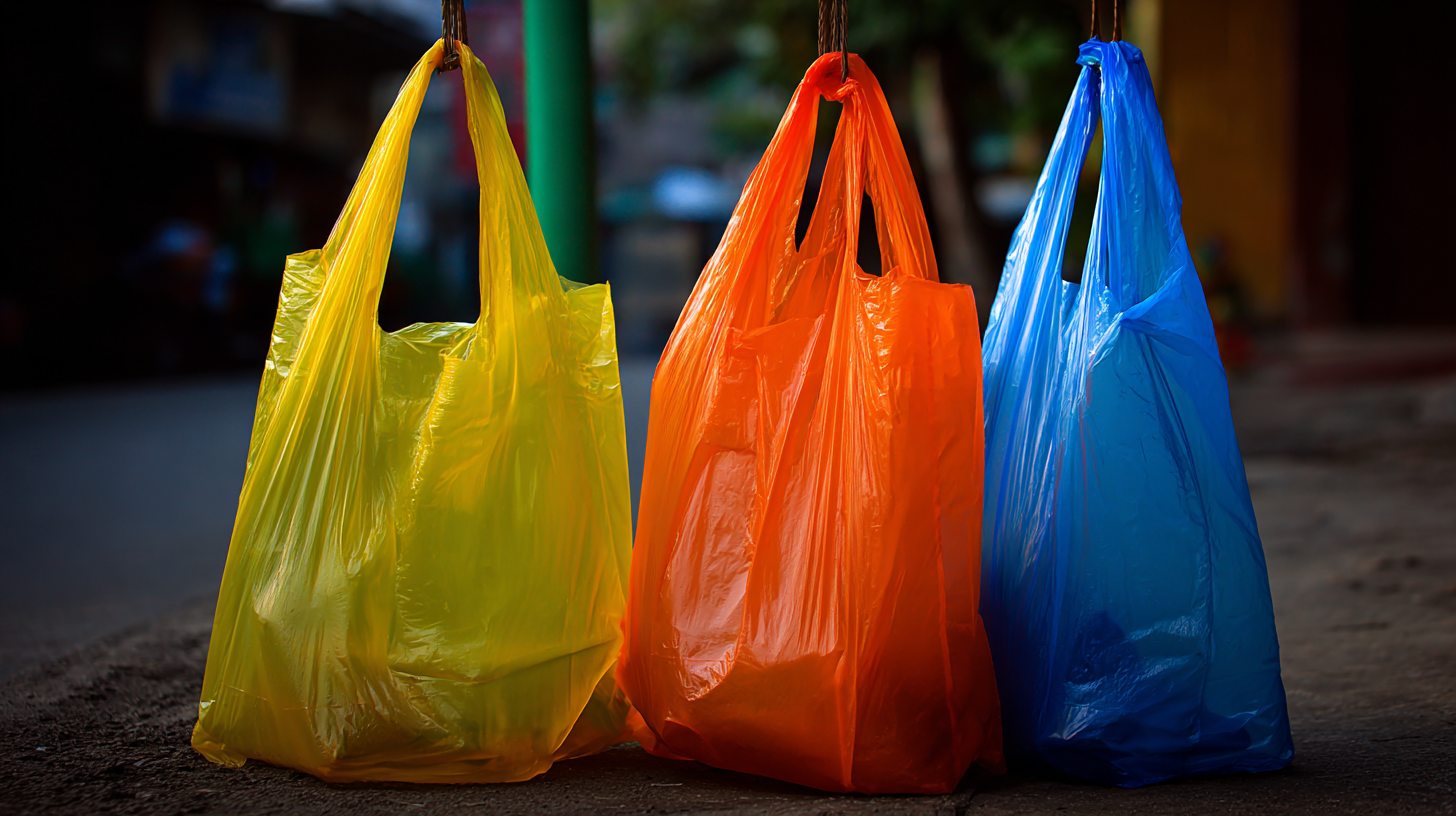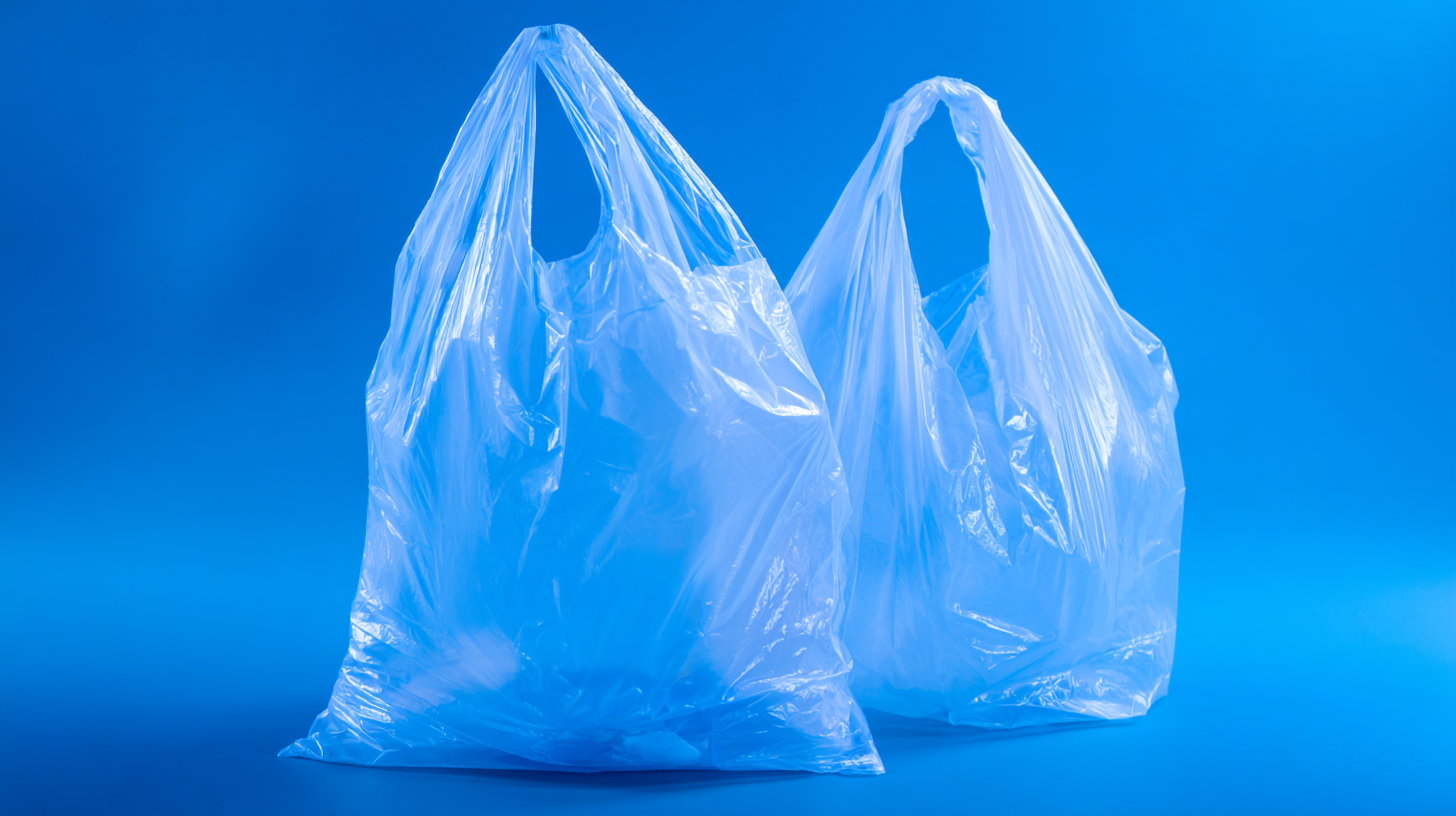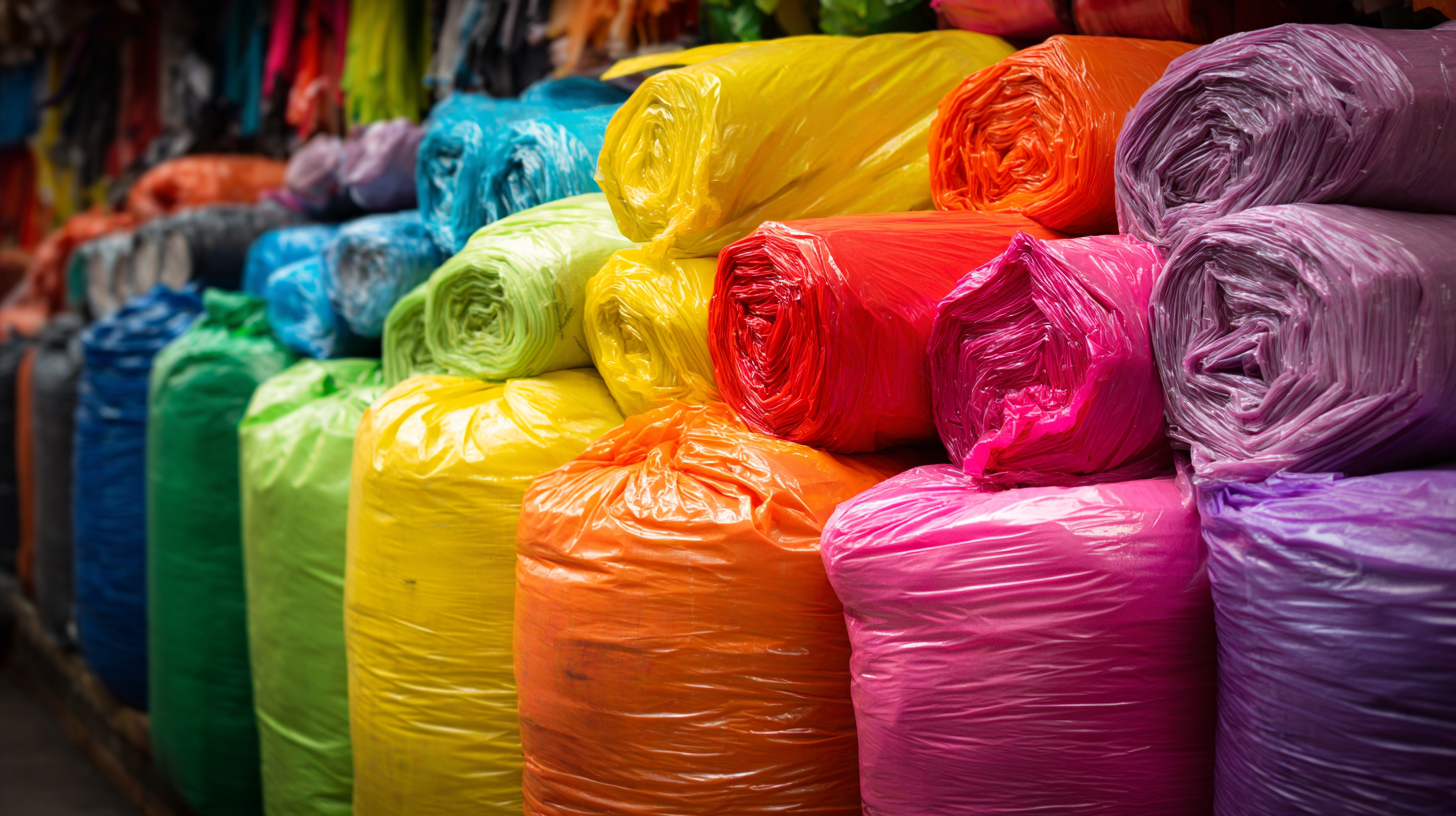- Phone:+86 15218629499
- Phone: +86 15766990063
- E-mail: Yzprinting01@163.com
The global polythene bags market has witnessed significant growth, fueled by increasing demand across various sectors, including retail, agriculture, and packaging. According to recent market research, the polythene bags industry is projected to reach a value of approximately $48 billion by 2025, driven by their cost-effectiveness and versatility. As consumers become more environmentally conscious, the shift towards biodegradable and recyclable options has become evident, marking a pivotal point in the market dynamics.
This blog will explore the top choices of polythene bags that cater to the evolving preferences of global buyers, emphasizing factors such as durability, functionality, and environmental impact. By analyzing the diverse options available, we aim to provide insights that facilitate informed decisions in selecting the best polythene bags for various applications.

Polythene bags have become essential in global markets due to their versatility and cost-effectiveness. Understanding the different types of polythene bags is crucial for businesses looking to source the best options. Generally, polythene bags can be categorized into high-density polyethylene (HDPE) and low-density polyethylene (LDPE). HDPE is primarily used for items that require durability, such as grocery bags, while LDPE is often utilized for flexible applications like cling film and packaging materials. This classification not only helps in selecting suitable bags for specific purposes but also in aligning with environmental goals.
As concerns over plastic waste grow, the demand for biodegradable alternatives is also rising. The global market for biodegradable plastics is projected to surge, with projections estimating it to reach USD 33.52 billion by 2029. Companies are increasingly looking for sustainable packaging solutions that meet both consumer expectations and regulatory requirements while maintaining functionality. By focusing on eco-friendly options, businesses can not only reduce their environmental impact but also cater to a growing segment of conscientious consumers in the global marketplace.
When selecting the ideal polythene bags, several key factors come into play that can significantly influence both functionality and sustainability. First and foremost, assessing the bag's thickness and durability is crucial for ensuring it meets the specific needs of your business or personal use. Thicker bags typically offer better resistance to tearing and punctures, making them suitable for heavier items. Conversely, lighter bags might be preferable for single-use applications, where weight and cost are primary concerns.

Another important consideration is the type of polythene used in the bag's production. Low-density polyethylene (LDPE) bags are often flexible and impact-resistant, while high-density polyethylene (HDPE) bags provide more rigidity and strength. Furthermore, environmental impact is an increasingly vital factor for global buyers. Opting for biodegradable or recyclable polythene bags can enhance brand image and promote eco-friendliness.
Evaluating the bag's intended purpose and the environmental implications of its production can guide buyers in making informed choices that align with their values and operational needs.
The global market for polythene bags is evolving rapidly, driven by changing consumer preferences and regulatory pressures aimed at reducing plastic waste. According to recent market data, the polythene bags segment is influenced by various materials, including Low Density Polyethylene (LDPE) and High Density Polyethylene (HDPE), with a significant share attributed to trash bags and flexible packaging applications. Notably, the flexible plastic packaging market is expected to witness substantial growth, fueled by trends in convenience and sustainability.
As manufacturers respond to market demands, implementing lean strategies like 5S can significantly enhance production efficiency. The 5S methodology aims to reduce waste and optimize workflows, allowing manufacturers to meet the rising expectations for quality and delivery times in polythene production.
**Tips:**
1. When selecting suppliers for polythene bags, consider their adherence to sustainability practices and the use of recycled materials, as consumer demand for eco-friendly products is on the rise.
2. Keep an eye on emerging regulations regarding single-use plastics in various countries, as compliance will be crucial for maintaining market access. As of now, 34 nations have already implemented bans or restrictions on plastic bags.
The discussion around sustainability has increasingly spotlighted polythene bags, which are widely used across the globe for their convenience. However, these plastic bags pose significant environmental challenges. According to a report by the Environmental Protection Agency (EPA), approximately 100 billion plastic bags are used annually in the U.S. alone, leading to severe ecological consequences. These bags are not biodegradable and can take up to 1,000 years to decompose. Their presence in landfills and oceans contributes to pollution, posing threats to wildlife and ecosystems.

Moreover, the life cycle of polythene bags raises sustainability concerns. The production process involves high energy consumption and the release of greenhouse gases. The Greenhouse Gas Protocol indicates that producing one ton of plastic can result in nearly 3.8 tons of carbon dioxide emissions. Consequently, many governments and organizations are pushing for alternatives, such as biodegradable or reusable bags, to mitigate these impacts. A recent survey found that over 60% of consumers are willing to pay more for eco-friendly options, signaling a shift in market demand toward sustainable packaging solutions.
When sourcing quality polythene bags for your business, it’s crucial to consider a few practical tips that can impact both your product quality and your bottom line. The global polythene bag market is projected to reach $4.9 billion by 2027, according to a recent industry report by Research and Markets. This growth indicates a burgeoning demand, which underscores the importance of selecting suppliers who prioritize sustainability and compliance with regulations.
One essential tip is to evaluate potential suppliers based on their manufacturing practices. Look for companies that adhere to ISO standards and have certifications such as the Global Recycled Standard (GRS). This not only ensures that you receive high-quality products but also contributes to your brand's sustainability goals, appealing to environmentally conscious consumers.
Additionally, consider the material specifications of the polythene bags. Low-density polyethylene (LDPE) bags are often recommended for their strength and durability, making them ideal for retail and packaging needs. According to MarketWatch, LDPE holds a significant share in the industry, accounting for 35% of the total market during the previous year. Sourcing from suppliers who specialize in these materials can greatly enhance your product offerings and customer satisfaction.
